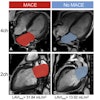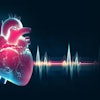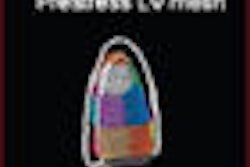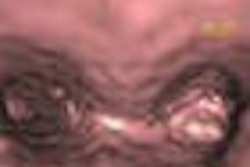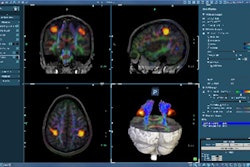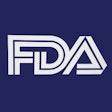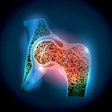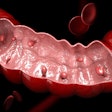Germany is the latest country to benefit from clinical recommendations on the use of lossy compression in radiology, with a recent consensus conference adding its own findings to newly issued research in Canada and the U.K.
"Image compression is ready to use, [allowing for] saving on storage technology, bandwidth, and storage space, as well as secondary costs," said Dr. Reinhard Loose of Hospital Nuremberg-North in Germany. He presented the results of a 2008 German compression conference during a scientific session at the 2009 European Congress of Radiology (ECR) in Vienna.
The conference sought to produce recommendations for lossy compression of digital radiology images by means of consensus. Although previous research studies have found lossy image compression to maintain full diagnostic image quality at a wide range of ratios depending on the image modality, there have been few studies looking at specific clinical applications, Loose said.
To help provide these recommendations, 90 experts attended the German conference last year, representing areas such as industry, radiology, medical physics, and information technology. For a recommendation to be adopted, the conference leaders required a minimum consensus level of 66%. In addition, all results would be valid for DICOM objects only, Loose said.
Furthermore, the decision level was to be "no reduction of diagnostic image quality," Loose said. There was no separate evaluation of JPEG and JPEG 2000 schemes, and no images from nuclear medicine and ultrasound were included.
In addition, no separate evaluation of clinical mammography and mammography screening was performed. Multiple compression, or compression of compressed images, was not allowed for consideration, he said.
With those rules in mind, the conference attendees examined 216 research studies from the past 15 years, focusing on the evaluation of 51 level III studies. These studies employed different approaches and had different results, he said.
Studies utilized varying evaluation criteria, including the ability to detect compression artifacts and determining at what level reduction of diagnostic image quality occurs. The studies were also typically modality- and protocol-oriented. In addition, only a few compared JPEG and JPEG 2000 compression schemes, Loose said.
A survey of the 90 participants found that 97.5% agreed that image compression is desirable. Also, 92.6% said they would use image compression, while 83.1% said they agreed with the results of the conference. In addition, 90.2% said they would apply the results of the conference, according to Loose.
Results from the conference included recommending brain CT for 5:1 compression, while all other CT exams should receive 8:1 compression, Loose said. In addition, all radiography exams should be compressed at 10:1.
Mammography should receive lossy compression at 15:1, while a 7:1 ratio should be applied to all MR studies. As for RF/XA studies (fluoroscopy, digital subtraction angiography, and cardiac angiography), compression should be performed at 6:1, according to the conference consensus.
The compression findings from the German conference were largely comparable to similar initiatives in Canada and the U.K., Loose said.
Summary of recommended compression rates in Canada, England, and Germany
|
By Erik L. Ridley
AuntMinnie.com staff writer
March 30, 2009
Related Reading
JPEG 2000 compression artifacts more prevalent in thin-section CT images, August 13, 2008
Lossy compression perceptible at even low levels, May 15, 2008
Lossy compression performs well in abdominal CT images, January 13, 2008
Canadian research finds no loss with lossy compression, August 14, 2007
Enhanced DICOM objects, compression help with MDCT, MR challenges, March 23, 2007
Copyright © 2009 AuntMinnie.com



